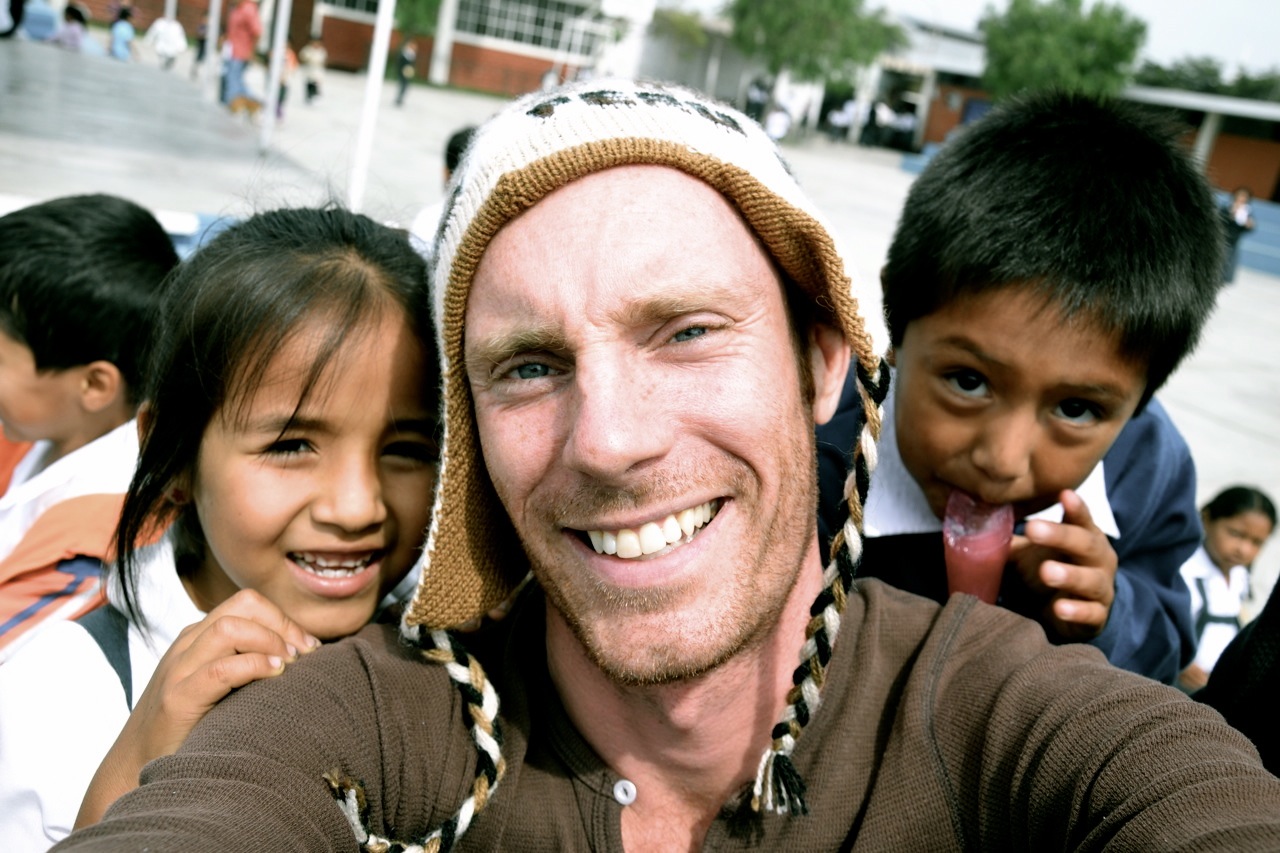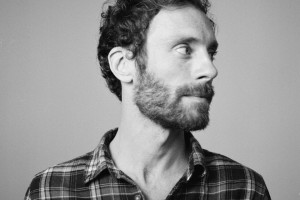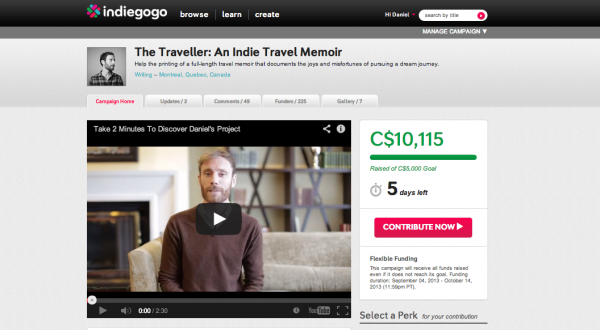I met Daniel two years ago in Montreal, thanks to a mutual friend. I quickly became one of his fangirls and started following his work religiously. Daniel’s got the kind of honesty and storytelling genius that makes me weak in the knees, and so I was thrilled to hear about his Indiegogo campaign to launch his book, The Traveller.
From the campaign page:


